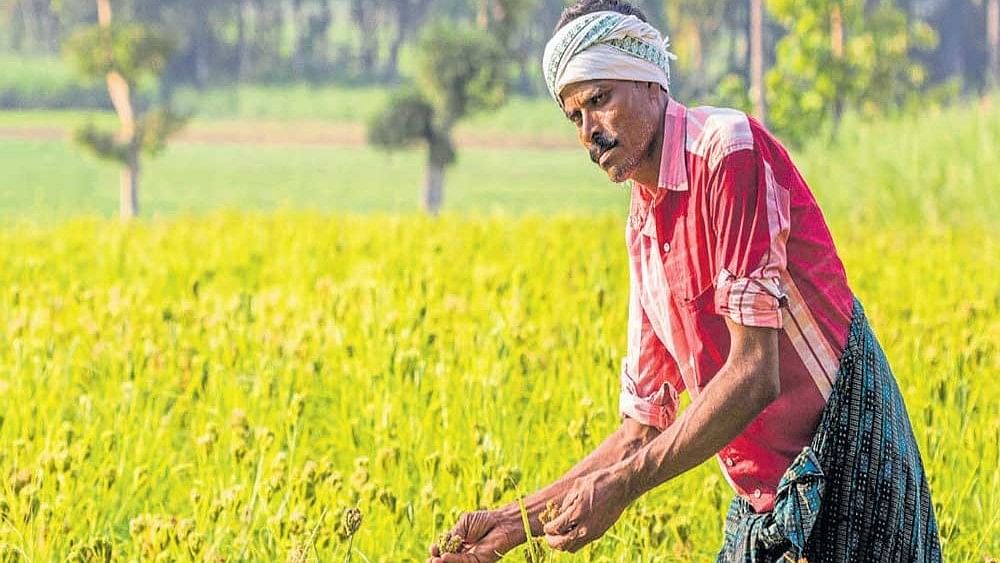
Millet farmer in Karnataka.
Credit: DH File photo
Nepal is ready to collaborate with India to promote the cultivation and consumption of millets, which have high nutritional value, as a staple food, agriculture and livestock minister Beduram Bhushal has said.
Speaking at an event here on Tuesday, Bhushal congratulated India for taking the lead in the millet campaign, aptly renaming the grains as 'Shree Anna' or auspicious grains.
Bhushal emphasised the potential health benefits of promoting millet as a staple food, highlighting its high nutritional value.
Noting that the United Nations has launched a campaign to promote the consumption of millets at India's initiative, the minister underscored Nepal's readiness to join hands with New Delhi in the campaign.
In 2021, India proposed to the UN to declare 2023 as the International Year of Millets (IYOM). The proposal received support from 72 countries and the United Nations General Assembly (UNGA) declared 2023 as the International Year of Millets.
The Embassy of India in Kathmandu, in collaboration with the Ministry of Agriculture and Livestock of Nepal, organised the programme to commemorate the International Year of Millet 2023.
During the event, Indian Ambassador to Nepal Naveen Shrivastava emphasised the importance of India and Nepal's cooperation in the field of agriculture for millet production and exploring its market potential.
“Millets can provide solutions to the challenges of climate change and global food security,” he said.
Food experts who spoke at the event highlighted the nutritional value of millet and stressed the need to promote its mass production, recognising its immense potential in export markets.
Millets, known as one of the oldest crops cultivated by mankind, are resilient, capable of thriving in adverse weather conditions, and require minimal irrigation facilities.
Various types of millets are available in the market, including kodo, foxtail, barnyard, browntop, little millet, bajra, and porso -- all known for their rich nutritional content.